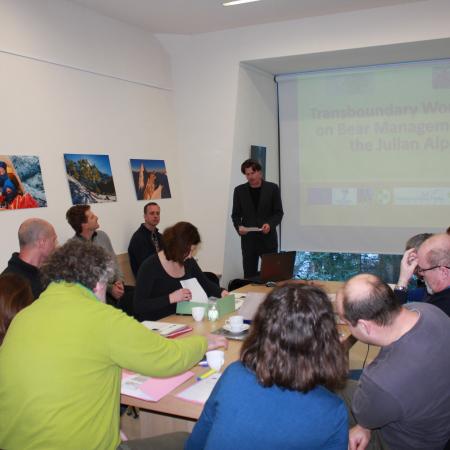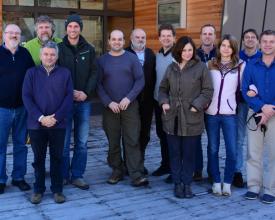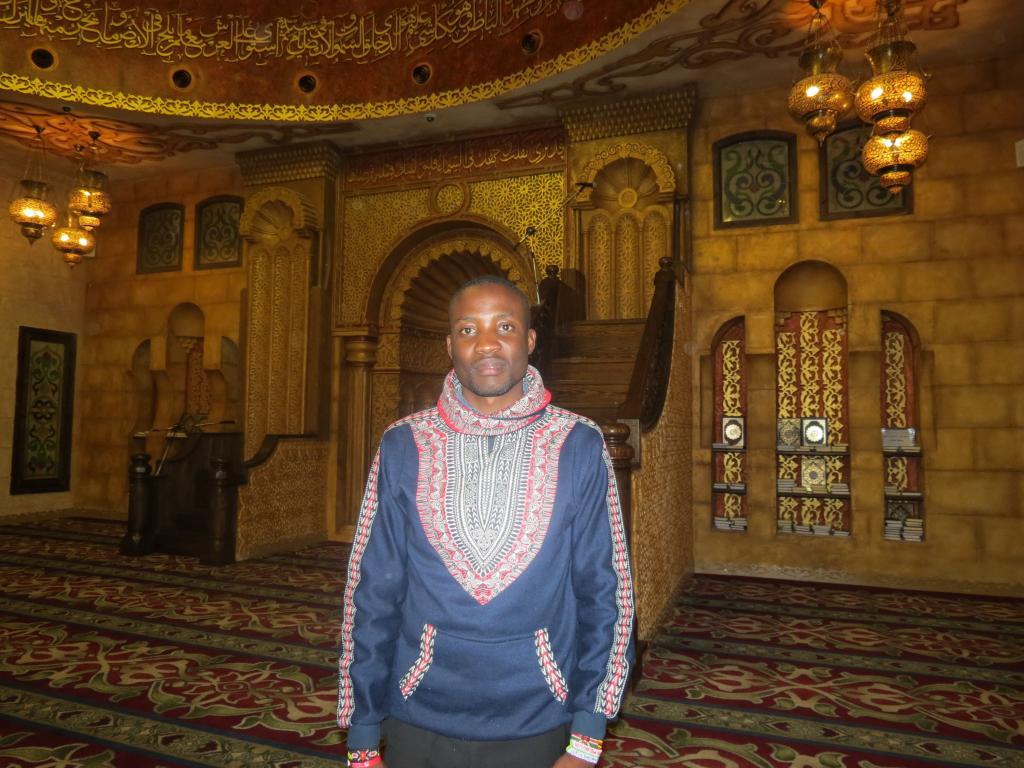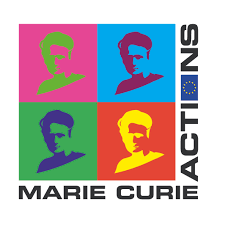
Promoting transboundary co-existence of large carnivores

The project used a participatory decision-making process to develop a transboundary bear management plan for a nature park in Italy (Prealpi Giulie) and an adjacent national park in Slovenia (Triglav). The project led to a joint agreement for the allocation of resources (money and staff time) toward satisfying all stakeholders concerned about brown bears in the Transboundary Julian Alps Ecoregion. Some of the actions will be implemented through jointly funded park projects from 2017-2026.
Context
Challenges addressed
Location
Process
Summary of the process
Building Blocks
Identifying and framing the transboundary decision problem
Enabling factors
Lesson learned
Identifying joint transboundary management objectives
Enabling factors
Lesson learned
Transboundary management options and external factors
Enabling factors
Lesson learned
Modelling transboundary consequences and trade-offs
Enabling factors
Lesson learned
Determining & implementing transboundary resource allocation
Enabling factors
Lesson learned
Impacts
The joint, participatory process led to improved stakeholder engagement and allowed for more frequent communication between authorities of the two protected areas. Authorities from each park came to a common understanding of shared objectives, actions, external factors at least partly beyond their control, and their linkages regarding bear management. The project generated a decision-analytic tool that can be expanded to inform an adaptive bear-management program. The authorities also learned about structured decision making as a participatory decision-analytic process, which they recognized can be applied in other projects. The agreed upon actions are expected to help increase carrying capacity of brown bears within and beyond the TB area by >50%, maintain sustainable agriculture by retaining small farms, and minimize conflict among stakeholder groups. During the project, Slovenian park authorities successfully lobbied for a change in legislation that reduced administrative hurdles to remove bears from the wild following disturbances to private property. Reducing this administrative burden will improve the public perception of protected area management of brown bear in the TB region.
Beneficiaries
Sustainable Development Goals
Story








